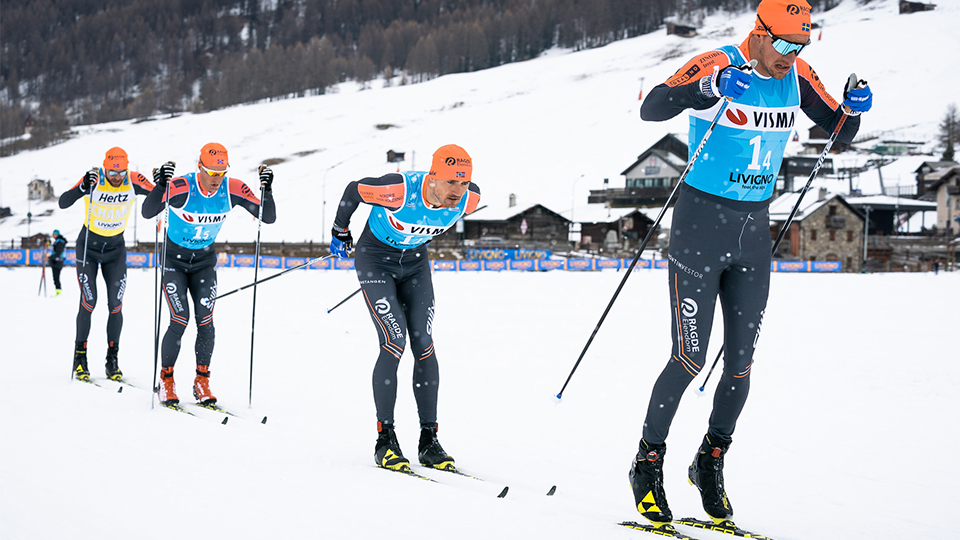However what is the best way to deliver the high intensity proportion of your training? Frequent short interval sessions or less frequent but longer interval sessions?
Please see our summary infographic of the recent paper by Norwegian researchers Espen Tonnessen, Jonny Hisdal and Bent Ronnestad which investigated this question with a group of elite cross-country skiers and biathletes.

The study concluded "Two longer interval sessions appear superior to four shorter sessions per week in promoting endurance adaptations and performance improvements in elite endurance athletes. Despite matched training volume and exercise intensity, the larger, more concentrated exercise stimulus in the low frequency group appears to induce more favorable adaptations. The longer time between training sessions in the low frequency group may also have allowed athletes to recover more effectively and better “absorb” the training. These findings are in line with the “best practice” observed by many of the world’s best endurance athletes."
The Full Article can be found HERE
